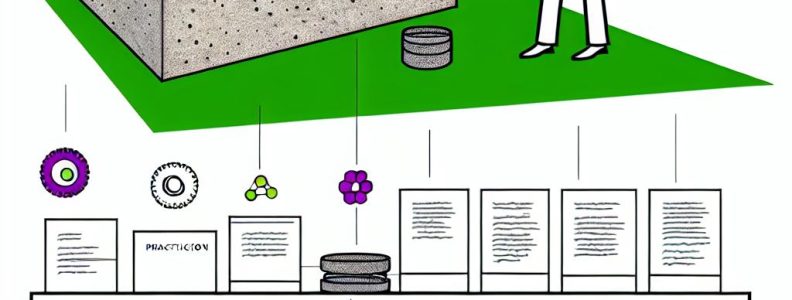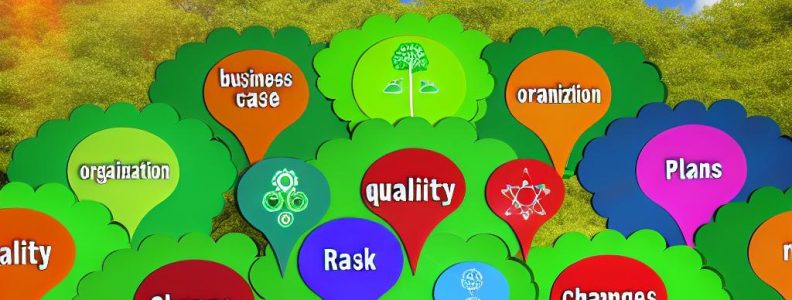Understanding PRINCE2 Certification
PRINCE2, an acronym for Projects IN Controlled Environments, is a well-established project management methodology that has gained international recognition for its comprehensive and structured approach to managing projects from inception to completion. Having originated in the United Kingdom, PRINCE2 is designed to offer robust process-based guidance that helps project managers handle projects of all sizes and complexities. It is widely used across various industries around the globe, establishing a common language and framework for project teams to follow, thereby enhancing communication and efficiency. PRINCE2 primarily focuses on dividing projects into manageable and controllable stages, with a strong emphasis on planning before starting a project and clear documentation throughout the project lifecycle.
Levels of PRINCE2 Certification
PRINCE2 certification is primarily divided into two main levels: Foundation and Practitioner. Each certification level meets different professional requirements and reflects varying levels of expertise in project management.
PRINCE2 Foundation Certification
The PRINCE2 Foundation certification represents the introductory stage in understanding the PRINCE2 methodology. It is designed for individuals who aim to grasp the fundamental principles of the methodology without delving into its practical application. This level is ideal for managers or team members who participate in projects where PRINCE2 is applied, as well as those new to project management environments looking to understand the basic concepts and terms associated with PRINCE2.
Objectives of the Foundation Level
The Foundation certification’s core objective is to evaluate if a candidate possesses the understanding necessary to contribute effectively as a member of a PRINCE2-oriented project team. This understanding encompasses the primary processes involved within the PRINCE2 framework, the responsibilities each process involves, and their integration and interaction. Additionally, candidates are expected to demonstrate familiarity with PRINCE2 terminology.
Foundation Exam Structure
The Foundation exam consists of multiple-choice questions designed to assess candidates’ knowledge of the PRINCE2 framework’s principles and terminology. The exam does not require previous project management experience, making it accessible to a wide range of professionals. Completion of the Foundation level typically involves short courses that provide both an overview and detailed discussion of PRINCE2 methodologies and concepts.
PRINCE2 Practitioner Certification
Moving beyond basic understanding, the PRINCE2 Practitioner certification targets professionals actively engaged in project management and focuses on applying the PRINCE2 methodology within actual work situations. Building on the knowledge acquired in the Foundation level, it prepares individuals to correctly tailor and implement PRINCE2 principles in diverse project scenarios.
Objectives of the Practitioner Level
The Practitioner certification’s primary objective is to test an individual’s ability to successfully apply and tailor the PRINCE2 process to meet the unique demands and challenges of varying projects. The exam confirms that a certified Practitioner can take theoretical knowledge and apply it flexibly to effect real-world outcomes, ensuring projects achieve their intended objectives and are managed effectively from initiation through closure.
Practitioner Exam Structure
The Practitioner exam is structured around scenarios, challenging candidates to apply their understanding of PRINCE2 principles practically. The scenarios simulate actual project situations, requiring candidates to demonstrate a high level of competence in managing project risks, understanding dependencies between outputs, and efficiently using resources within the PRINCE2 framework.
Comparison: Foundation vs. Practitioner
The distinctions between the Foundation and Practitioner certifications highlight the differences in focus and intended skill development. The Foundation level is tailored towards understanding the theoretical underpinnings and terminology of the PRINCE2 framework, providing a solid baseline for professionals who wish to further engage with the methodology. It is particularly suited for individuals at the beginning of their project management career, or for those in roles that require interaction with project teams.
Conversely, the Practitioner certification offers individuals an opportunity to deepen their knowledge and develop practical skills pertinent to executing and tailoring projects within the PRINCE2 framework. This higher level of certification empowers professionals to adapt their project management approach according to the context and specific needs of the project at hand—an essential capability in dynamic or complex project environments.
In summary, pursuing PRINCE2 certification allows project managers and team members to enhance their understanding and capability in managing projects systematically and efficiently. Whether one’s goal is to lay a foundational understanding or to gain advanced practical skills, PRINCE2 offers a structured methodology that supports diverse project management needs. Both levels of certification serve to enhance a professional’s credentials, increase their capability in managing projects, and provide a competitive edge in the job market.
For those interested in obtaining more detailed information concerning PRINCE2 certifications and the associated advantages, comprehensive resources and official guidelines are readily accessible from [AXELOS PRINCE2](https://www.axelos.com), the governing body responsible for maintaining the PRINCE2 standards.




